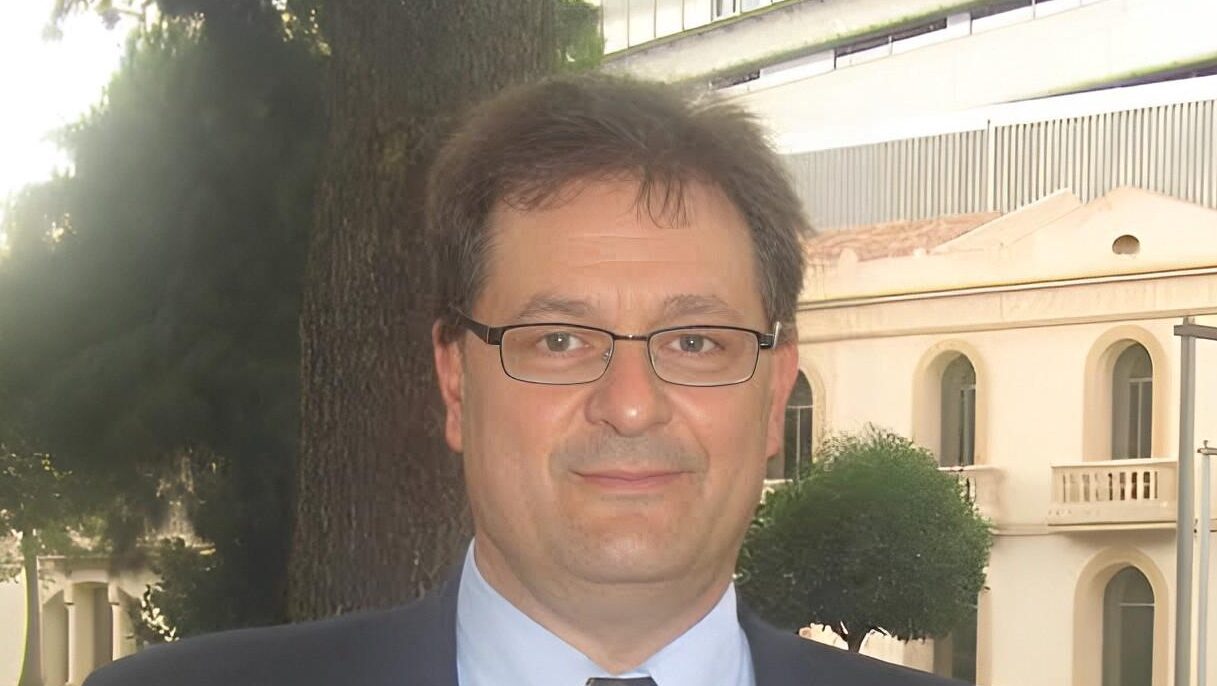Miguel Bronchud, Co-Founder of Regenerative Medicine Solutions, shared on LinkedIn:
“Can we afford all new cancer treatments? How solvent and sustainable is the system even in relatively wealthy countries? USA spent $99 billion on orally administered and clinician-administered anticancer therapies (excluding supportive care) in 2023 and spending is projected to increase to $180 billion by 2028. This increased spending on anticancer therapies largely reflects the high launch prices of novel therapeutics and increases in the prices of existing products, some times in absence of new evidence of significant clinical benefit? Consequently, high prices have impeded Americans’ access to and affordability of necessary anticancer therapies and thus increased their risk of cost-related non-adherence, cancer recurrence and mortality. To address the rising prices and concerns regarding Americans’ spending on anticancer therapies, state and federal governments have, over the past decade, enacted legislation that caps out-of-pocket spending, expands subsidies and requires drug price negotiations. In this Nature Communications Perspective, authors summarize US policies aimed to lower the costs of anticancer therapies, discuss the implications of such reforms and propose additional solutions needed to reduce costs and increase value.
Jazowski, S.A., Nayak, R.K. and Dusetzina, S.B. The high costs of anticancer therapies in the USA: challenges, opportunities and progress. Nat Rev Clin Oncol 21, 888–899 (2024).
Correction to: Nature Reviews Clinical Oncology published online 4 October 2024.
In the version of this article initially published, there was an error in the Fig. 3 ‘2025 Benefit modifications’ column where the red Pharmaceutical manufacturers bar, now showing 20%, appeared originally as 10%, and where the top 20% Medicare bar was color-coded as Beneficiaries. The figure has been amended in the HTML and PDF versions of the article.
Author information
Author notes
* These authors contributed equally: Shelley A. Jazowski, Rahul K. Nayak.
Authors and Affiliations
* Department of Health Policy, Vanderbilt University School of Medicine, Nashville, TN, USA
Shelley A. Jazowski and Stacie B. Dusetzina
* Department of Social Sciences and Health Policy, Wake Forest University School of Medicine, Winston-Salem, NC, USA
Shelley A. Jazowski
* Winship Cancer Institute, Emory University School of Medicine, Atlanta, GA, USA
Rahul K. Nayak
* Vanderbilt-Ingram Cancer Center, Nashville, TN, USA
Stacie B. Dusetzina
Corresponding author
Correspondence to Stacie B. Dusetzina.”
